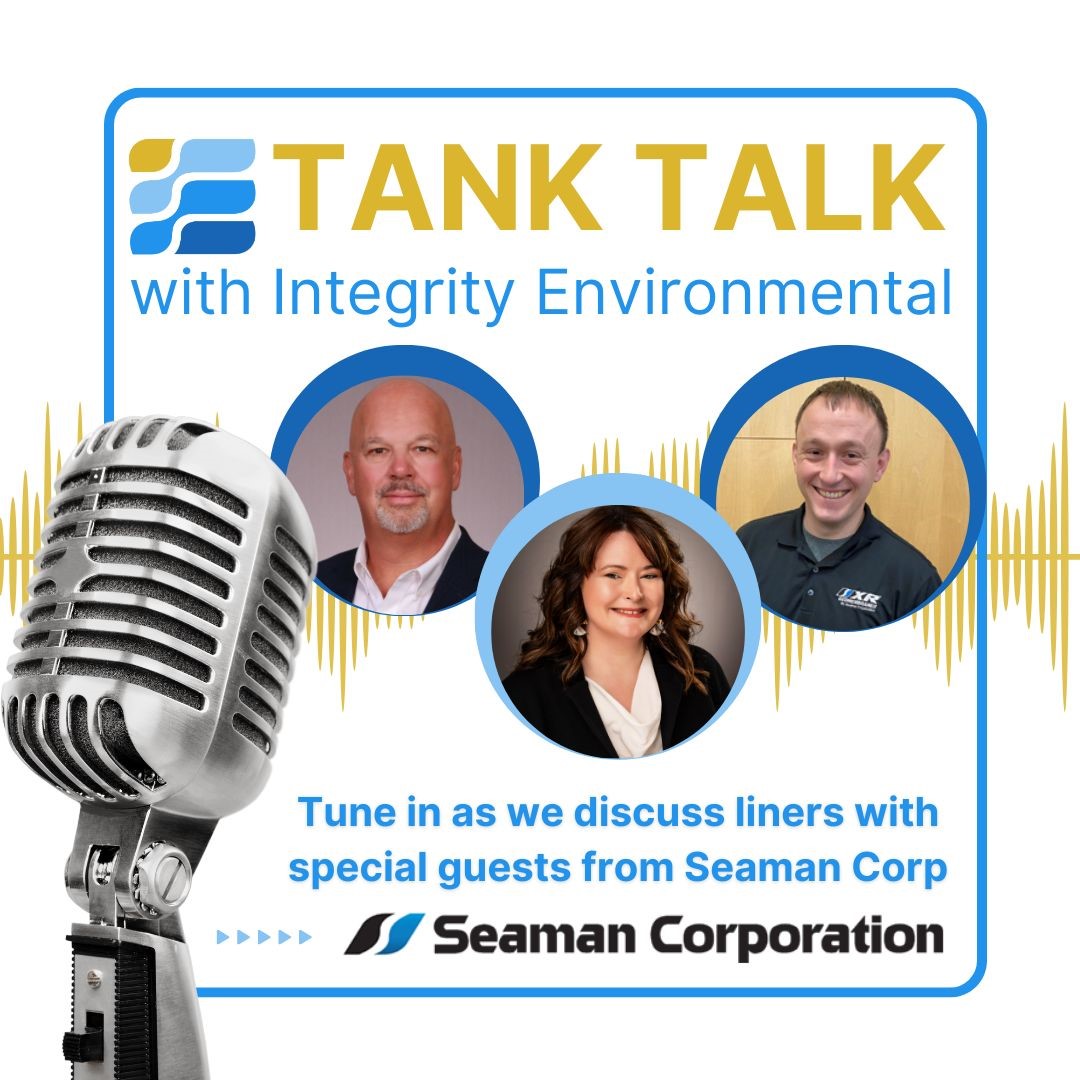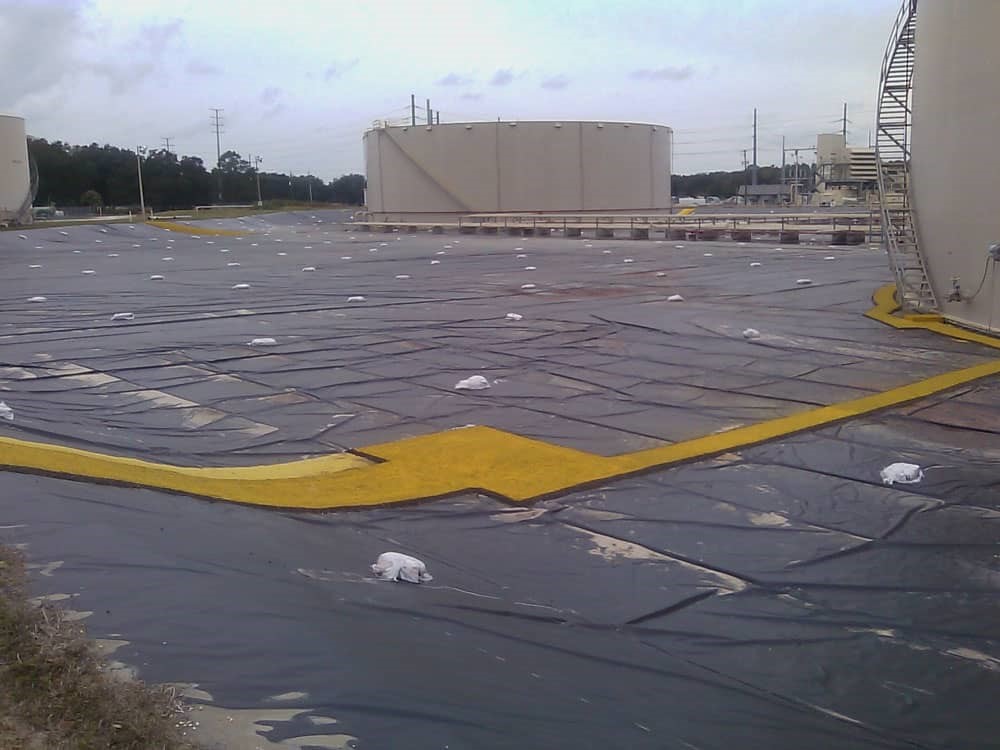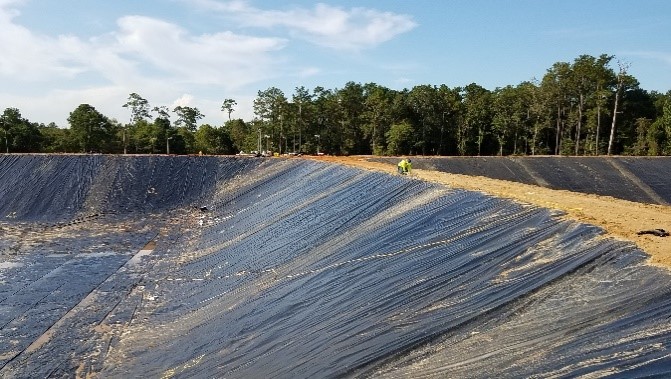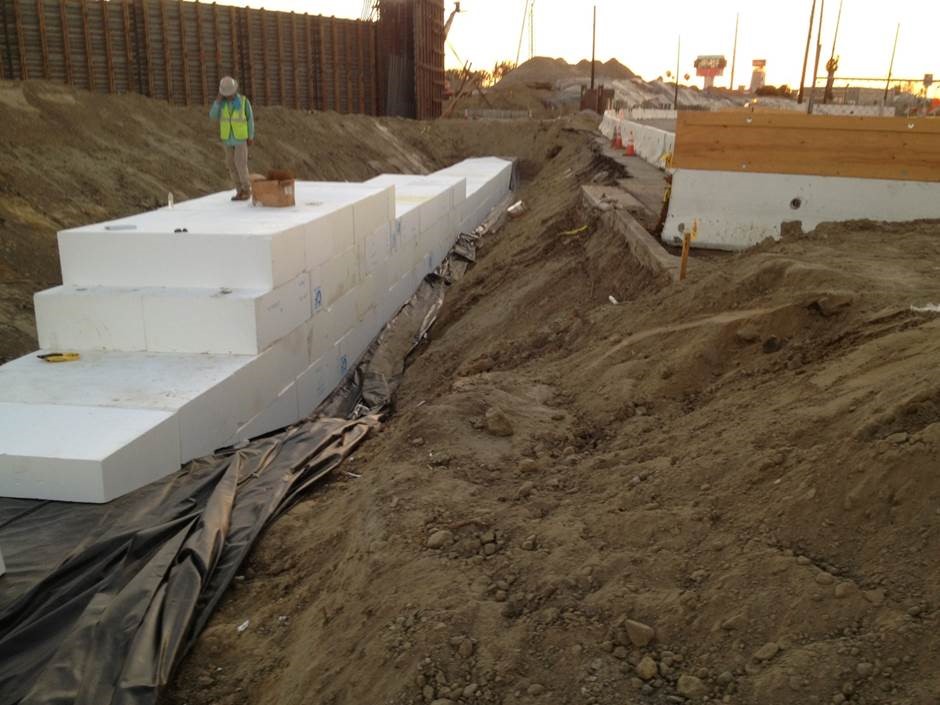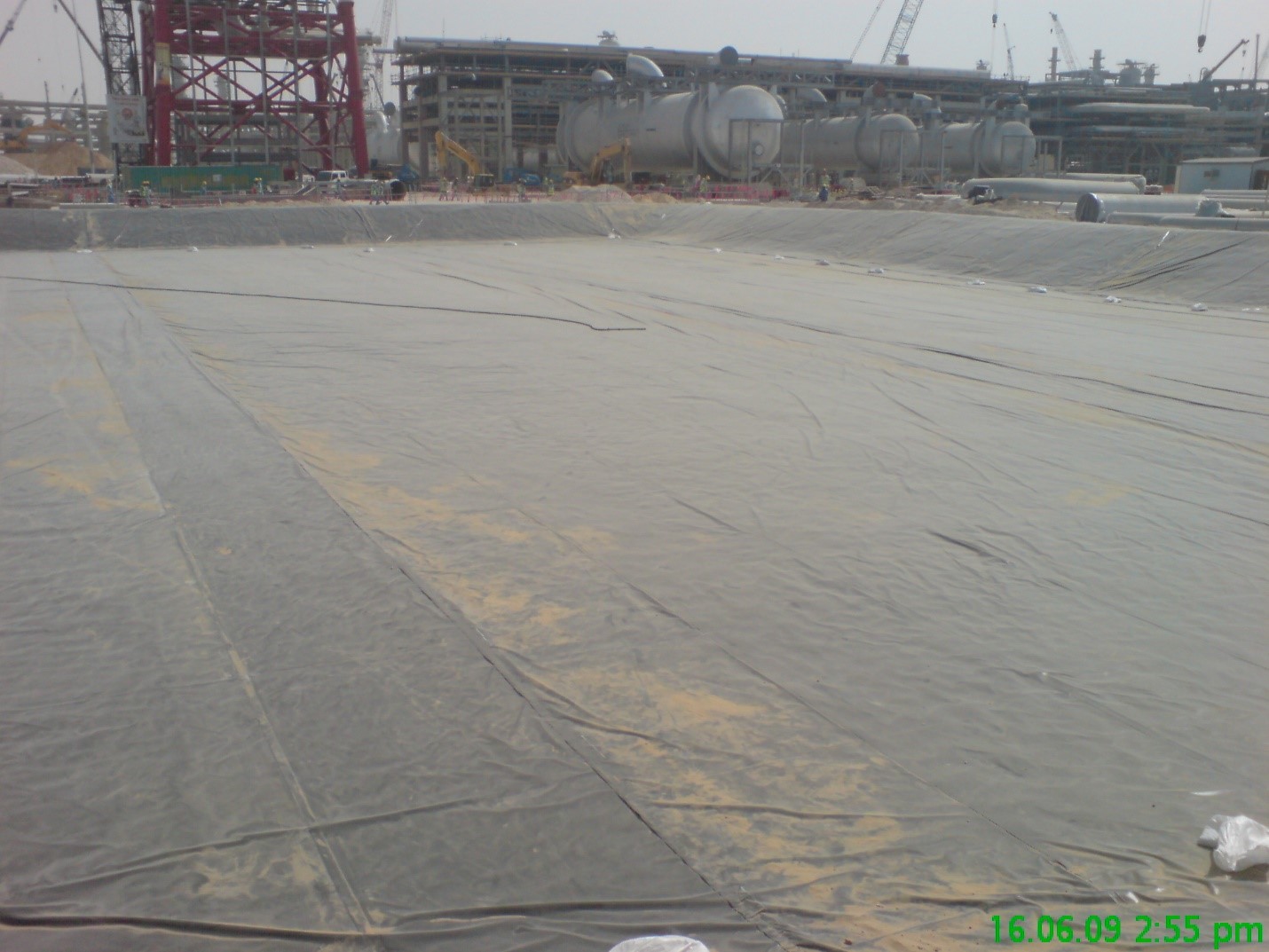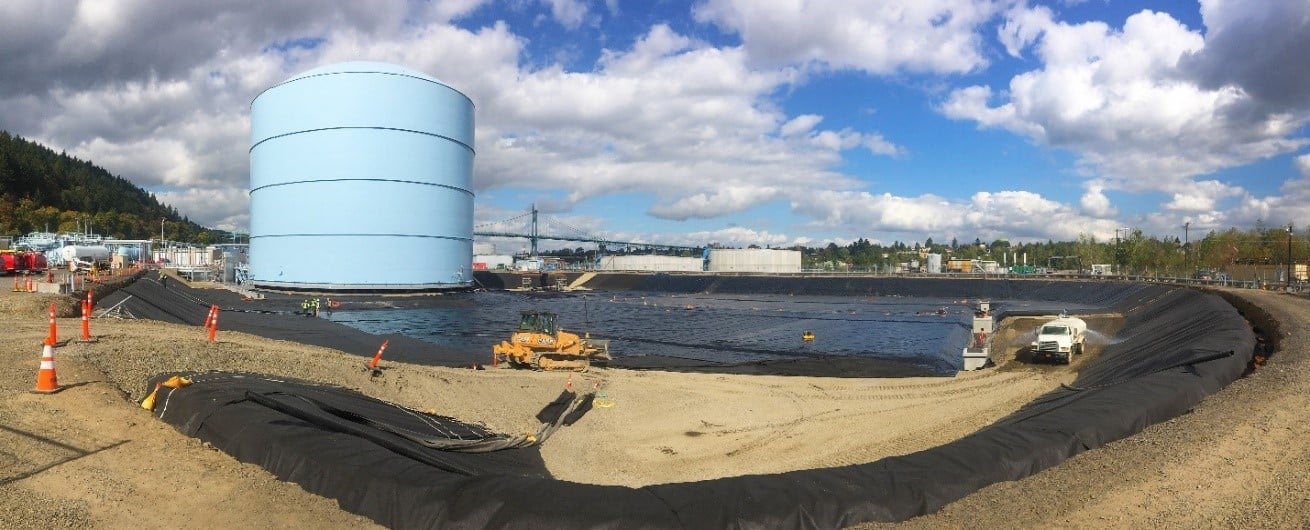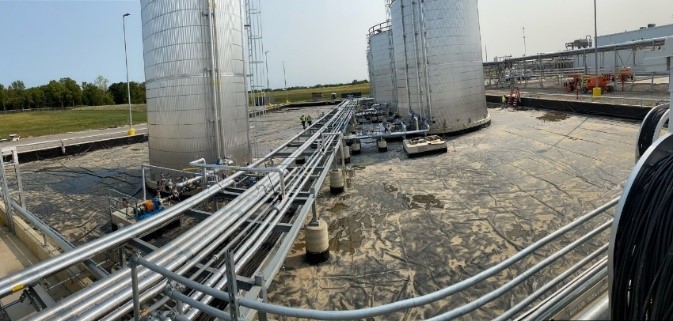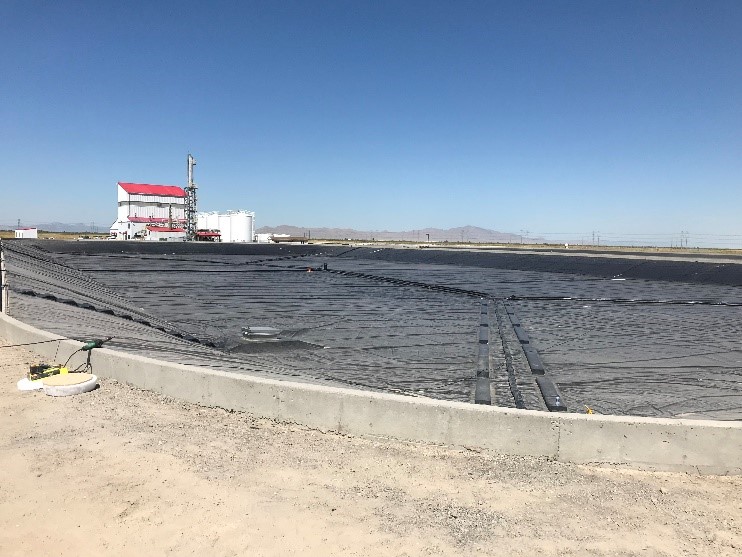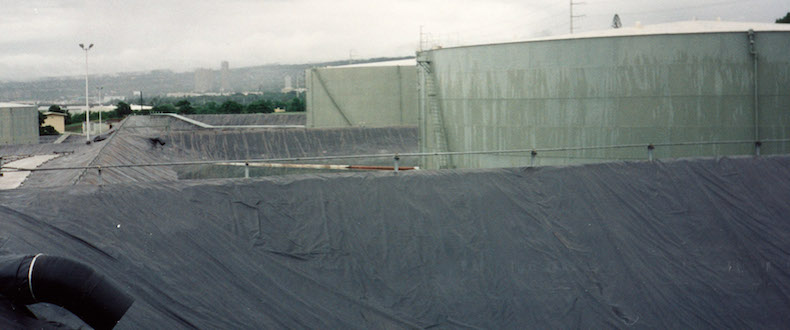Our team was recently invited to speak with Shannon Oelkers from Integrity Environmental on their podcast Tank Talk regarding XR® Geomembrane liners and how they perform in extreme environments.
One way to classify secondary containment of stored industrial liquids is either permanent or portable. Both routinely use the same type of geomembrane as the primary containment layer. In this blog, we will compare the two applications and look at the principal ways geomembrane use is the same and how it differs in permanent vs. portable secondary containment.
When the proper geomembrane installation is used and operated correctly on an engineered project, it can be a cost-effective way to create a sound fluid barrier. While any construction project will have variables that make it unique and each site/application will have its own set of complexities, geomembrane solutions can be readily optimized for the need.
In yet another sign of improvement in our economy, ASCE is predicting strong growth in the Architecture, Engineering and Construction (AEC) industry starting in 2022.
Three-Part Series: Understanding and ensuring proper geomembrane chemical resistance
Knowing the importance of chemical resistance data, how do you know what the most reliable information is?
Federal regulations requiring safeguards against spills of bulk liquid storage (most commonly petroleum) have been in effect since the Clean Water Act was passed in 1972. Geomembranes are used to line bermed areas that have been created to provide sufficient storage volume for spill containment and associated rainfall. There are important properties that determine which geomembranes are most suited to these critical applications:
Effective planning and management of bulk petroleum storage tanks are critical to environmental protection. To contain potential spills and leaks, these tanks must be surrounded by berms—usually earthen, if configuration allows. Some engineers may not be aware of the compelling reasons geomembranes can be the best and most cost-effective choice for secondary containment. Other options occasionally considered are:
Every four years, the American Society of Civil Engineers (ASCE) releases a report on the state of infrastructure in the U.S. The report is in the form of a report card with an A to F grade and includes details on the overall grade in the 17 supporting categories. The 2021 report card has been released and for the first time in 20 years the new grade is a C-. The previous overall grade was a D.
While investment has increased in the last 10 years, ASCE estimates that from 2020 to 2029, only just over one-half of the $1.04 trillion needed for the water sector (Drinking Water/Wastewater/Stormwater) has been allocated.
Of the 17 categories that make up the report card, several of them have extensive uses for geomembranes. To follow are the five critical areas where geomembranes can be cost-effective alternatives to other solutions.
The three largest Naval Fuel Depots in the world rely on a flexible geomembrane for secondary oil containment for fuel storage. Secondary containment is provided both under the floors of the tanks and lining the fuel spill containment berms.

